Refine listing
Actions for selected content:
2251 results in Cambridge Elements
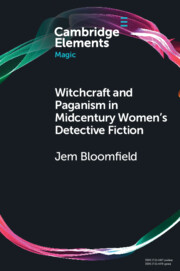
Witchcraft and Paganism in Midcentury Women's Detective Fiction
-
- Published online:
- 24 June 2022
- Print publication:
- 14 July 2022
-
- Element
- Export citation
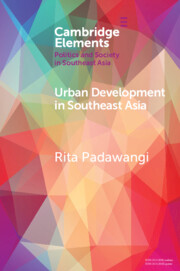
Urban Development in Southeast Asia
-
- Published online:
- 23 June 2022
- Print publication:
- 21 July 2022
-
- Element
- Export citation
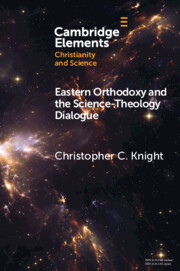
Eastern Orthodoxy and the Science-Theology Dialogue
-
- Published online:
- 21 June 2022
- Print publication:
- 04 August 2022
-
- Element
- Export citation
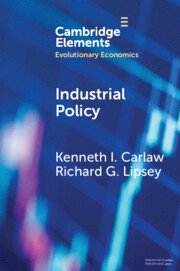
Industrial Policy
- The Coevolution of Public and Private Sources of Finance for Important Emerging and Evolving Technologies
-
- Published online:
- 21 June 2022
- Print publication:
- 14 July 2022
-
- Element
- Export citation
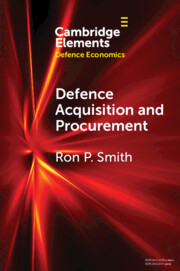
Defence Acquisition and Procurement
- How (Not) to Buy Weapons
-
- Published online:
- 21 June 2022
- Print publication:
- 14 July 2022
-
- Element
- Export citation
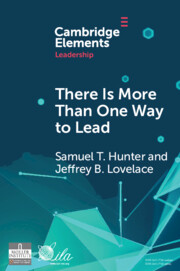
There Is More Than One Way To Lead
- The Charismatic, Ideological, And Pragmatic (CIP) Theory Of Leadership
-
- Published online:
- 20 June 2022
- Print publication:
- 14 July 2022
-
- Element
- Export citation
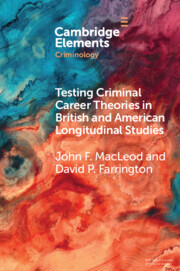
Testing Criminal Career Theories in British and American Longitudinal Studies
-
- Published online:
- 17 June 2022
- Print publication:
- 07 July 2022
-
- Element
- Export citation
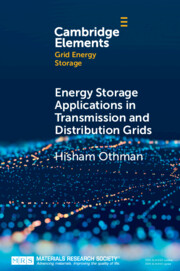
Energy Storage Applications in Transmission and Distribution Grids
-
- Published online:
- 17 June 2022
- Print publication:
- 14 July 2022
-
- Element
- Export citation
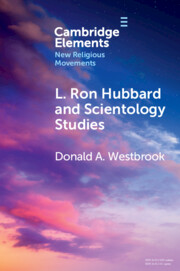
L. Ron Hubbard and Scientology Studies
-
- Published online:
- 17 June 2022
- Print publication:
- 14 July 2022
-
- Element
- Export citation
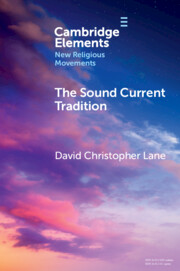
The Sound Current Tradition
- A Historical Overview
-
- Published online:
- 17 June 2022
- Print publication:
- 14 July 2022
-
- Element
- Export citation
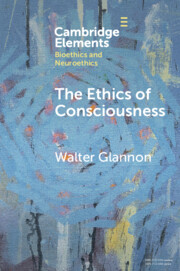
The Ethics of Consciousness
-
- Published online:
- 17 June 2022
- Print publication:
- 14 July 2022
-
- Element
- Export citation
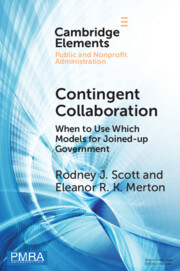
Contingent Collaboration
- When to Use Which Models for Joined-up Government
-
- Published online:
- 16 June 2022
- Print publication:
- 14 July 2022
-
- Element
- Export citation
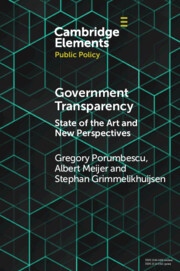
Government Transparency
- State of the Art and New Perspectives
-
- Published online:
- 15 June 2022
- Print publication:
- 07 July 2022
-
- Element
- Export citation
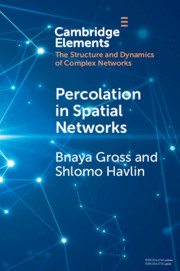
Percolation in Spatial Networks
- Spatial Network Models Beyond Nearest Neighbours Structures
-
- Published online:
- 15 June 2022
- Print publication:
- 14 July 2022
-
- Element
- Export citation
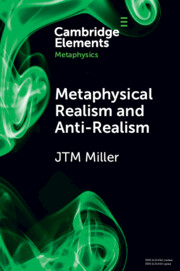
Metaphysical Realism and Anti-Realism
-
- Published online:
- 13 June 2022
- Print publication:
- 07 July 2022
-
- Element
- Export citation
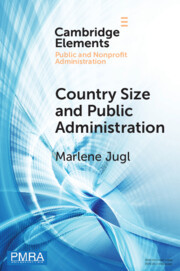
Country Size and Public Administration
-
- Published online:
- 10 June 2022
- Print publication:
- 07 July 2022
-
- Element
- Export citation
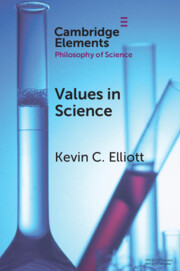
Values in Science
-
- Published online:
- 10 June 2022
- Print publication:
- 23 June 2022
-
- Element
- Export citation
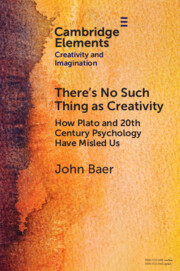
There's No Such Thing as Creativity
- How Plato and 20th Century Psychology Have Misled Us
-
- Published online:
- 10 June 2022
- Print publication:
- 07 July 2022
-
- Element
- Export citation

Energy Storage Architecture
-
- Published online:
- 10 June 2022
- Print publication:
- 07 July 2022
-
- Element
- Export citation

Beyond Li-ion Batteries for Grid-Scale Energy Storage
-
- Published online:
- 10 June 2022
- Print publication:
- 07 July 2022
-
- Element
- Export citation
